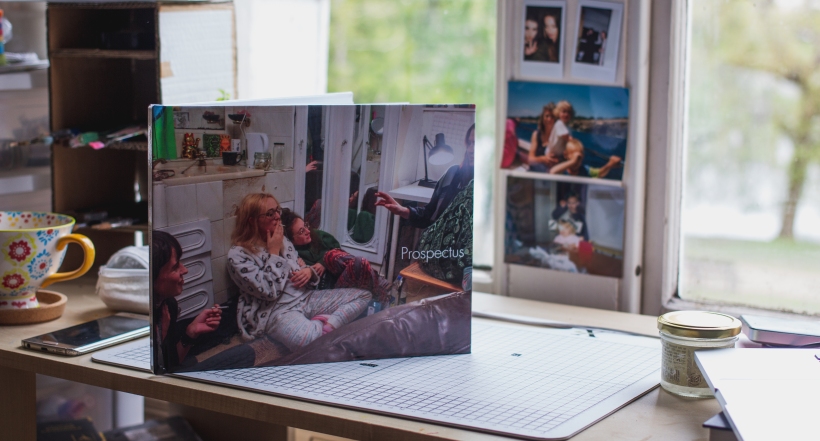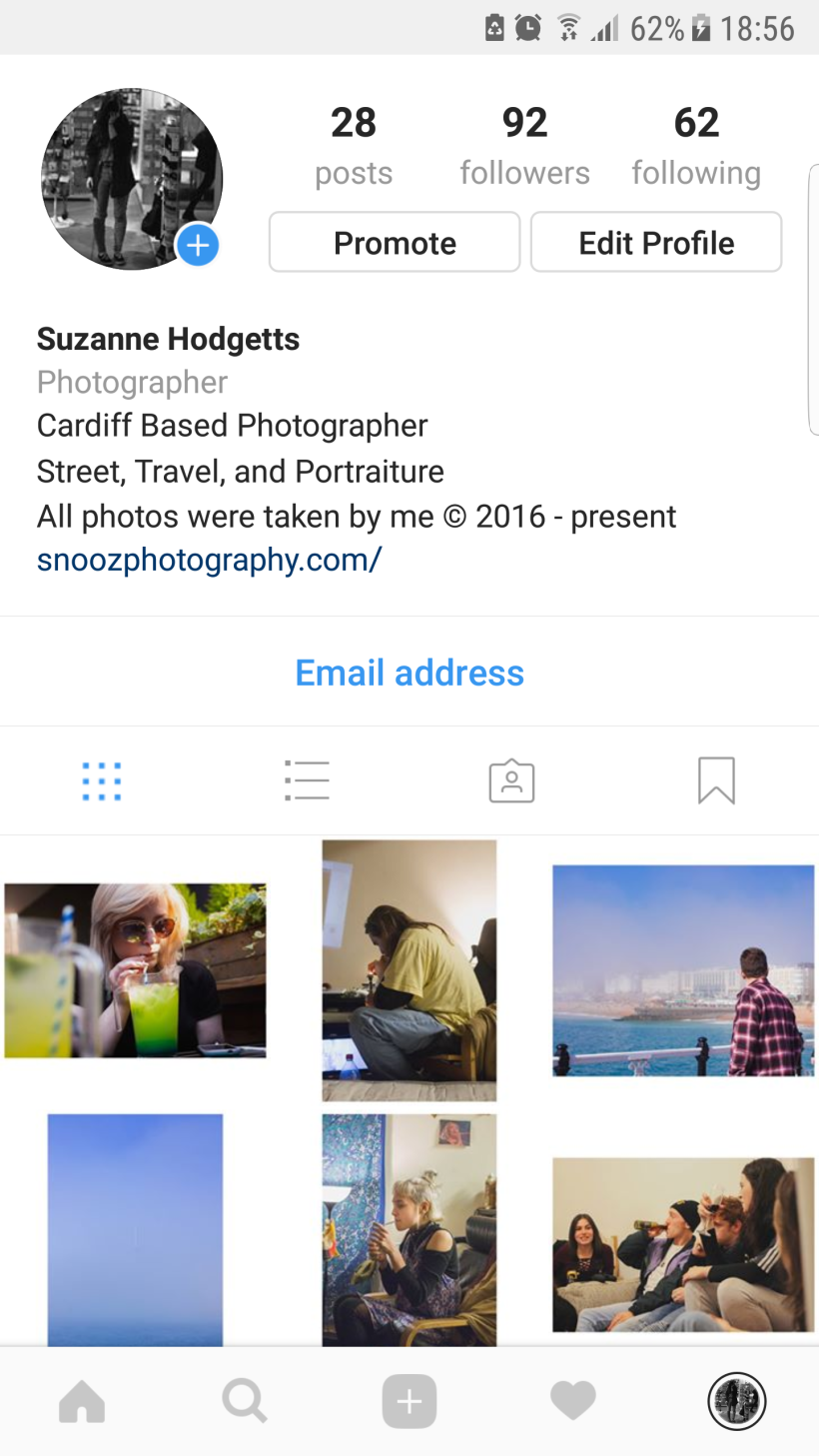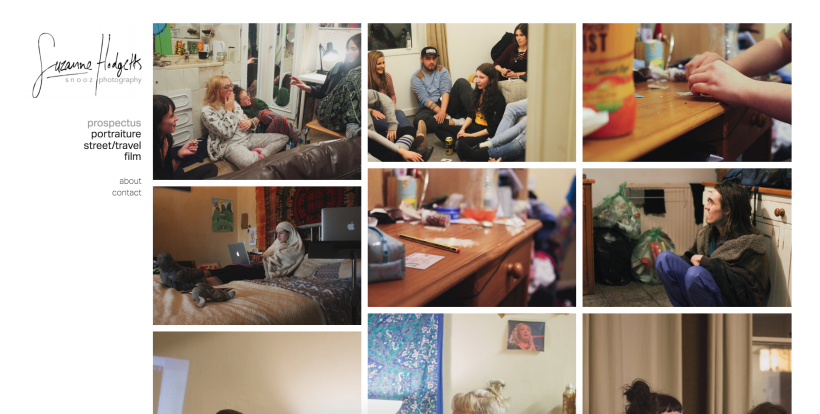What have I learnt in my time at Cardiff School of Art and Design? When I started my first year in University I was a socially awkward 18 year old desperate for friends. I wasn’t confident in my identity as an artist and I had no idea what I was doing with my life. CSAD helped to grow and shape me into the confident and interesting person I am today, I would not change my time at university for anything.
Specifically talking about my final project, I set out to create a satirical piece of work winking towards the images seen in every prospectus which typically depict a very sugar coated idealistic image of university life. I wanted to highlight the grubby, grungy, and more realistic side of what it’s like to be a student in Britain. In my head I had images of parties and drugs along side images of dirt and grime. This isn’t exactly the way the project ended up going, but that’s okay. I did begin taking photos of gross bits of my house but unfortunately for me, my housemates and I are actually pretty clean and tidy. So in order for me to find the imagery I was looking for I would have to go to other peoples houses. Now unfortunately over the first term of third year I fell into a pretty deep depression due to an unhappy relationship and therefore had shut myself out from a lot of my friends (my housemates included) resulting in me not really having any strong friendships in order for me to invite myself over to other peoples houses, along with a lack of motivation for the project. Over Christmas my relationship ended and my depression with it somewhat and I felt as if new life had been breathed into me, but unfortunately at this time my father became very ill (which I have explained in a previous post) so my motivation for my work did not return.
Second term rolled around and I was ready to hit the ground running and finally start making headway on my project. I bought a new lens for my camera and this helped with my motivation because I was a lot happier with the images I was producing (I’m not exactly sure why as I’m not very good with technical camera knowledge but the images were betting quality in my opinion) At this point I was still only really taking photos of my housemates chilling around the house. We had a few parties in the house which I had planned to take long exposure photos at to avoid ethics complications, however I found I would end up too intoxicated to work the camera efficiently by the time I would have been able to take such photos. This was obviously completely my fault and I probably should have just waited for start drinking, but hey hindsight is 20/20.
By the end of second term I had rebuilt a lot of my relationships with my friends but I still hadn’t taken photos of a huge variety of different subjects, and over the Easter break my father died. This of course, did not help with my motivation for my work. At this point I decided to just take what I had and make the most of it. Little did I know that what I had was a series of images that work together very well because they all contained a similar atmosphere. They all had this very homely vibe to them whilst also depicting things are are cold and broken and a bit grimy. They all had the atmosphere of friendship and mutual struggle about them.
What I ended up with was a coherent, tightly edited series of images bound together in a photobook which has a comprehendible theme running throughout. If I were to do the project again I think I would have tried to capture activities outside of the house (pub, strike protests, etc.) as this would have provided a more well rounded idea of student life but I am still happy with the outcome of the final work as a more zoomed in view on what it’s like to be a student in Britain.


